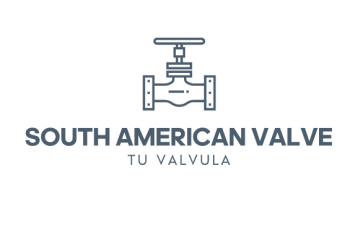In the world of industrial piping and fluid control, valves come in many shapes and sizes, each with its unique strengths and applications. Among them, the knife gate valve stands out as a particularly versatile and robust solution, especially in demanding environments where slurries, abrasive materials, and other challenging substances are involved.
What is a Knife Gate Valve?
A knife gate valve is a type of isolation valve featuring a sharp metal gate (the “knife”) that descends vertically to cut through and shut off the flow of media. Unlike traditional gate valves, knife gate valves have the following distinctive features:
- Full-bore design: The flow path is unobstructed when the valve is fully open, minimizing pressure drops and allowing for smooth, uninterrupted flow.
- Cutting action: The sharp edge of the gate can slice through viscous liquids, slurries, and even some solids, making it highly effective in handling difficult media.
- Bi-directional capability: Many knife gate valves can handle the flow from either direction, offering flexibility in system design.
- Ease of maintenance: Their simple construction and minimal moving parts reduce maintenance requirements.
Key Features and Design:
- Gate Design:
The defining feature of a knife gate valve is its gate, which is shaped like a knife or blade. This design allows for a clean cut through the material, preventing build-up and ensuring a reliable seal.
- Materials of Construction:
Knife gate valves are crafted from materials that withstand corrosion, erosion, and abrasion. Common materials include stainless steel, cast iron, and various alloys, ensuring longevity and resilience in harsh industrial environments.
- Actuation Mechanisms:
Knife gate valves can be manually operated or actuated using pneumatic, hydraulic, or electric systems. The choice depends on the specific application and the need for automation in the industrial process.
Advantages:
- Excellent Shutoff: The cutting action of the gate provides tight, reliable sealing, making them ideal for isolation tasks.
- Minimal Clogging: Their full-bore design and ability to cut through media reduces the risk of clogging, ensuring reliable flow control.
- Low-Pressure Drop When fully open, knife gate valves allow fluid to flow with minimal resistance, maximizing efficiency.
- Compact and Lightweight: Compared to other valves with similar capabilities, knife gate valves have a smaller footprint and lighter weight, making installation and maintenance easier.
- Cost-Effective: Due to their simple design and low maintenance requirements, knife gate valves provide an economical solution for many applications.
Considerations When Choosing Knife Gate Valves
When selecting a knife gate valve, consider these factors:
- Media: Choose a valve material compatible with the fluids or slurries it will handle. Corrosion resistance is often a key concern.
- Pressure and Temperature: Ensure the valve is rated for the operating pressure and temperature of your system.
- Actuation: Options include manual levers, handwheels, gear operators, pneumatic actuators, or electric actuators depending on your needs.
- Sealing: Metal-seated valves offer excellent shutoff for liquids, while resilient-seated valves provide better sealing for gases or when some solids are present.
Conclusion:
Knife gate valves offer a dependable and versatile solution for challenging fluid handling applications. Their ability to cut through difficult media, provide tight sealing, and resist abrasion makes them a favorite choice across numerous industries. If you are dealing with thick, viscous, or abrasive substances, a knife gate valve might be the perfect fit for your piping system.
